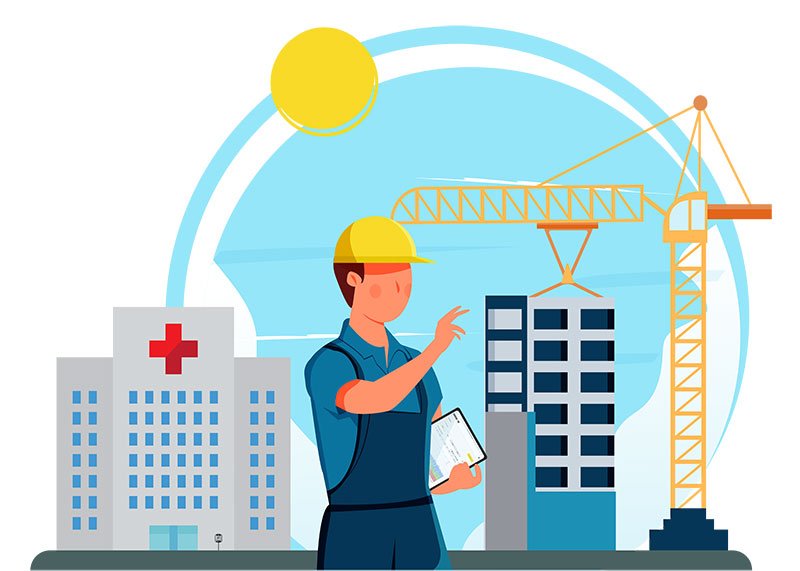Many construction activities, such as the movement of heavy vehicles, demolition work, and pile driving, cause vibrations. These vibrations can negatively affect structures, equipment, and people. To prevent this from happening, you can monitor vibrations. Construction vibration monitoring can be crucial to the success of a construction or infrastructure project. Through it, you can:
- Prevent damage to nearby structures and, if needed, prove that your project did not cause any such damage.
- Prevent damage to sensitive facilities and devices, such as laboratories and medical equipment.
- Avoid complaints from local residents about the nuisance created by the construction vibration.
But how can vibrations affect structures, equipment, and people so much in the first place? Well, when the levels are too high, cracks can get bigger and other issues can compromise the structural integrity of a building. Readings of sensitive equipment like medical devices could be rendered inaccurate and thus useless. And lastly, people’s mental and physical well-being can suffer because of exposure to high vibration levels.

How construction vibration monitoring can help you to avoid damage
Monitoring plan: How can construction vibration monitoring prevent damage? On its own, it can’t. It is crucial in damage- and nuisance-free construction, but it is part of a bigger plan. You’ll want to set up a (monitoring) plan with vibration limits based on several external factors: the age of a structure, its material, and the type of equipment used are just three examples.
(Inter-)national guidelines: To maximize the potential of building damage-free, you should assess the surroundings in advance to determine safe vibration levels. To determine these safe levels, you can use national and international guidelines, such as the ISEE 250Hz or the DIN 4150-3 80Hz. When the construction work starts, vibration monitoring helps you to ensure that it does not exceed the previously set thresholds.
Real-time insights: In construction vibration monitoring, you also want real-time insights into the vibration levels and exceedances. Those insights enable you to adjust or stop the construction work before damaging anything. Some vibration monitors have an alarm lamp that turns on to signify exceedances. Other solutions, such as Omnidots’ SWARM vibration monitor, send alerts via email or SMS. Whichever option you choose, careful planning, monitoring according to relevant guidelines, and real-time insights are the key factors in finishing a construction or infrastructure project without causing damage or nuisance.